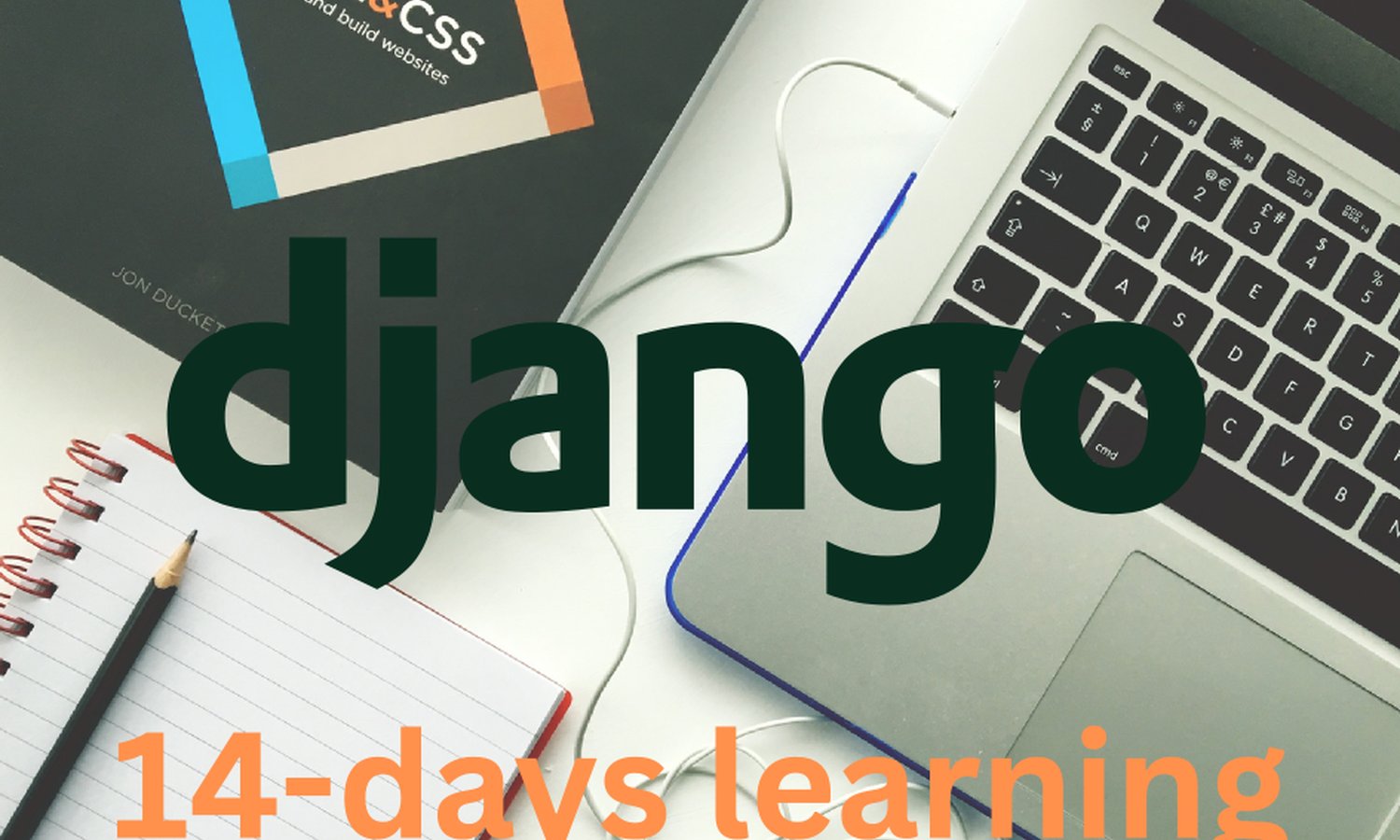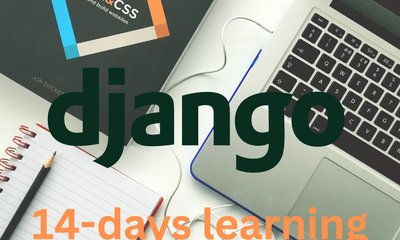By JoeVu, at: 23:01 Ngày 27 tháng 4 năm 2023
Thời gian đọc ước tính: __READING_TIME__ phút


By JoeVu, at: 23:01 Ngày 27 tháng 4 năm 2023
Thời gian đọc ước tính: __READING_TIME__ phút


